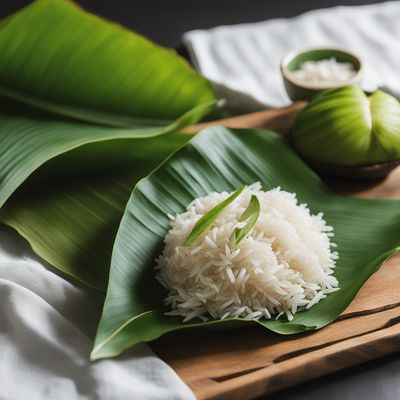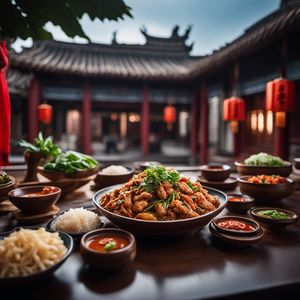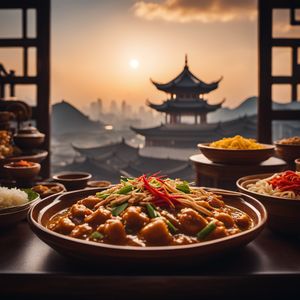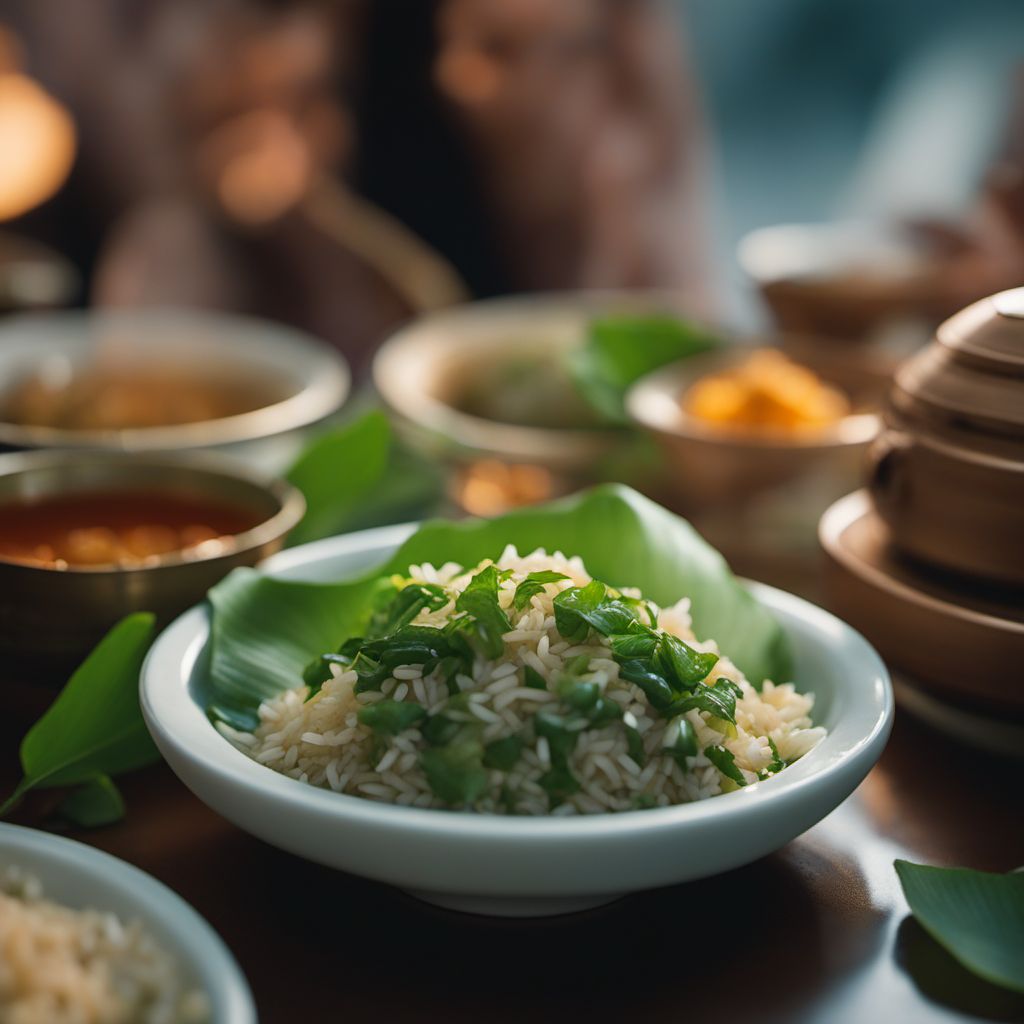
Dish
Lotus Leaf Rice
Lotus Leaf Rice is a classic Chinese dish that originated in the Guangdong region of China. The dish is made by wrapping glutinous rice and various fillings, such as pork, chicken, and mushrooms, in a lotus leaf and steaming it. The dish is often served as a main course and is a popular dish in China and other parts of the world. It is also a healthy dish, as glutinous rice is a good source of carbohydrates and other nutrients.
Origins and history
Lotus Leaf Rice has been a popular dish in China for centuries. It is believed to have originated in the Guangdong region of China, where lotus leaves are abundant. The dish was originally made by farmers who would wrap glutinous rice and various fillings in lotus leaves and steam them over a fire. Today, Lotus Leaf Rice is enjoyed throughout China and is often served at special occasions and celebrations.
Dietary considerations
Lotus Leaf Rice is a healthy dish that is low in fat and high in carbohydrates. It is also gluten-free and can be made without dairy for those with lactose intolerance.
Variations
There are many variations of Lotus Leaf Rice, including ones that use different types of fillings or seasonings. Some variations also use different types of rice or lotus leaves to give the dish a unique flavor.
Presentation and garnishing
Lotus Leaf Rice is often presented in a lotus leaf. The glutinous rice and fillings are wrapped in the lotus leaf and steamed. The dish is often served hot.
Tips & Tricks
To make Lotus Leaf Rice, it is important to use fresh, high-quality glutinous rice and fillings. The rice and fillings should be wrapped in a lotus leaf and steamed until fully cooked. The dish can be seasoned with soy sauce or other seasonings to give it a rich, flavorful taste.
Side-dishes
Lotus Leaf Rice is often served with a side of stir-fried vegetables or a soup. It can also be served with a glass of green tea or oolong tea for added flavor.
Drink pairings
Lotus Leaf Rice pairs well with green tea or oolong tea. The light, refreshing flavors of these beverages complement the subtle flavors of the dish.
Delicious Lotus Leaf Rice recipes
More dishes from this category... Browse all »
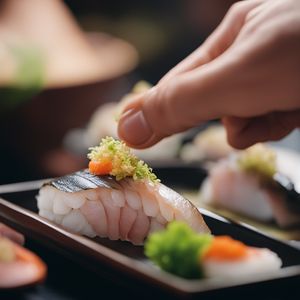
Aji nigiri sushi
Japanese cuisine

Akami nigiri sushi
Japanese cuisine
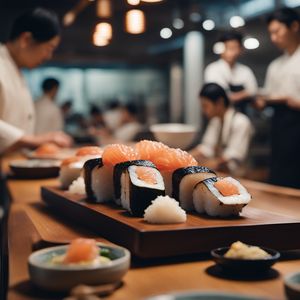
Anago nigiri sushi
Japanese cuisine

Arroz a la plancha
Spanish cuisine
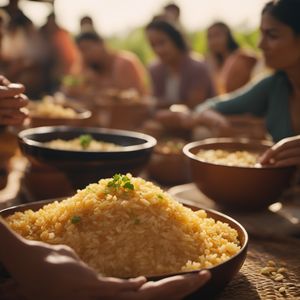
Arroz a la tumbada
Mexican cuisine

Arroz al forn
Spanish cuisine

Arroz al jerez
Spanish cuisine
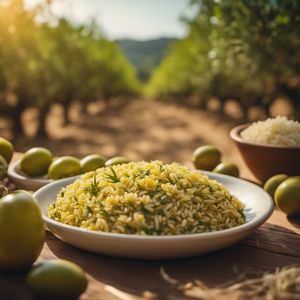
Arroz al olivar
Spanish cuisine

